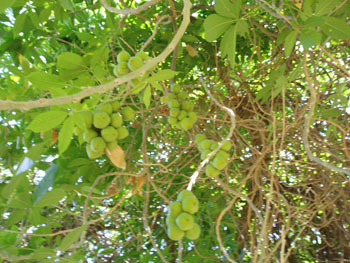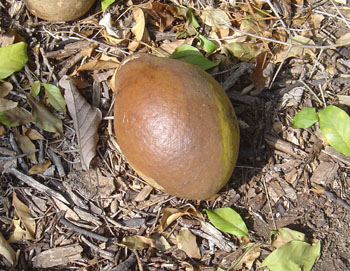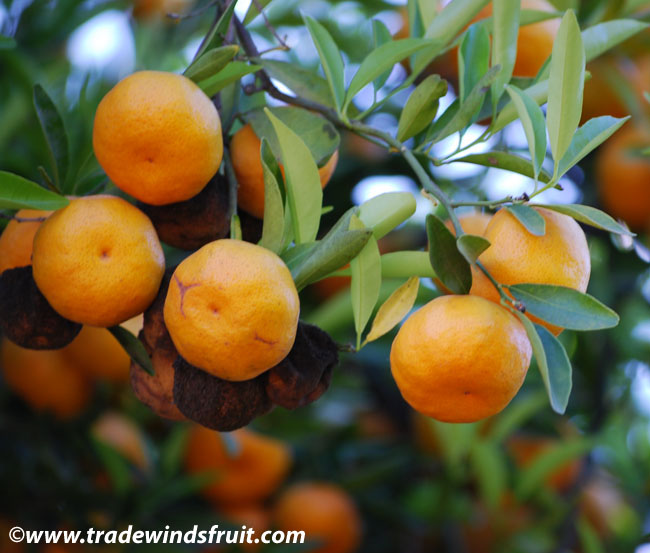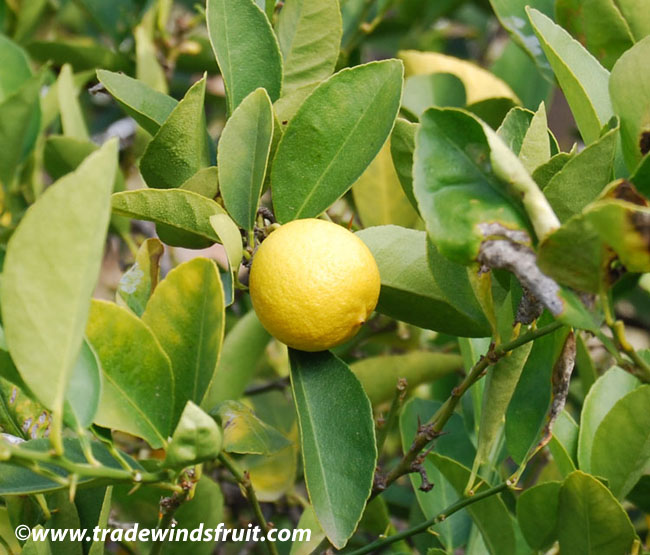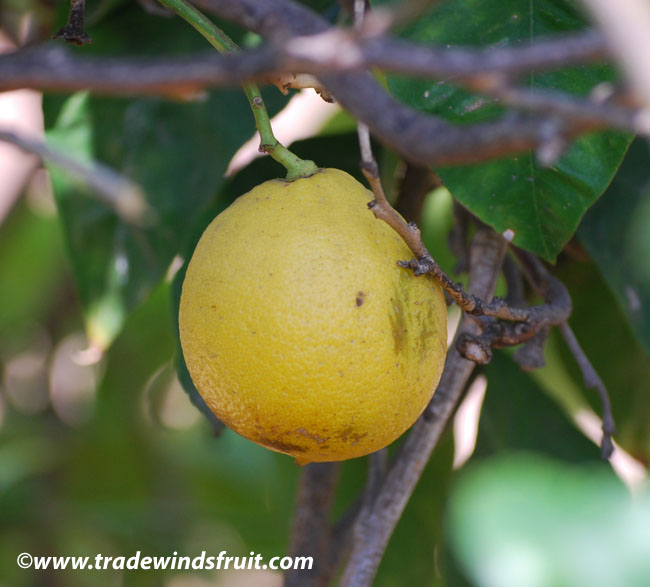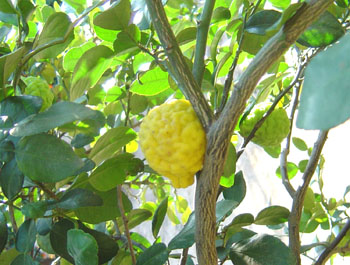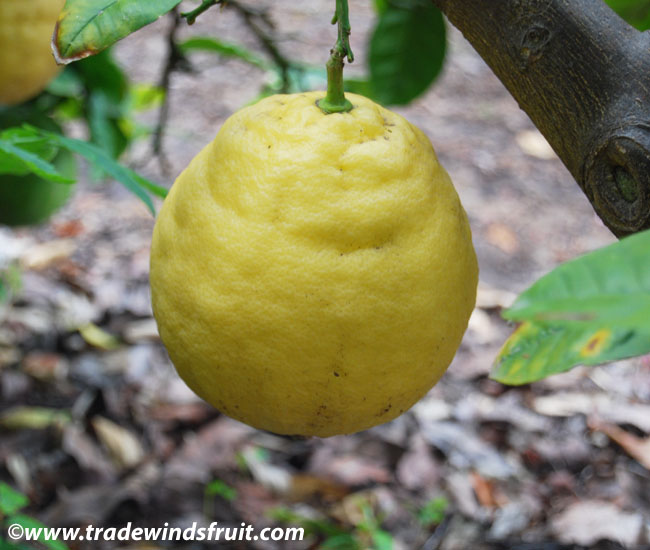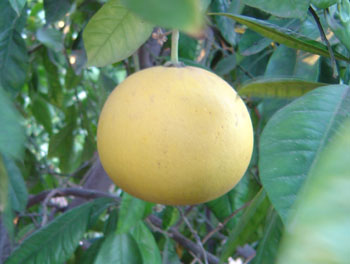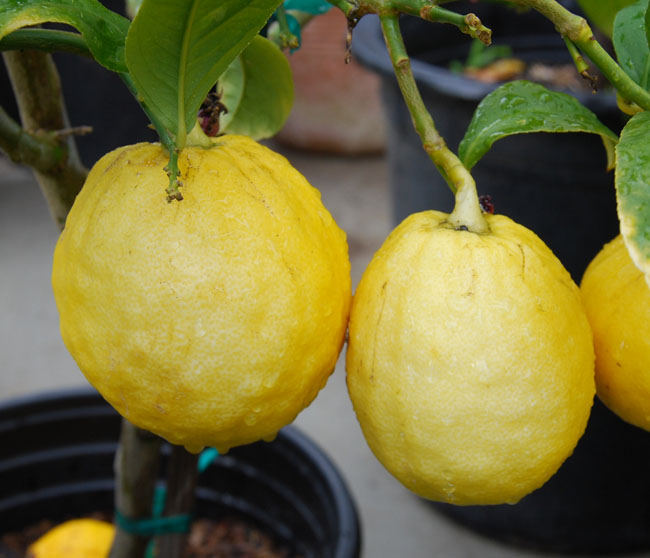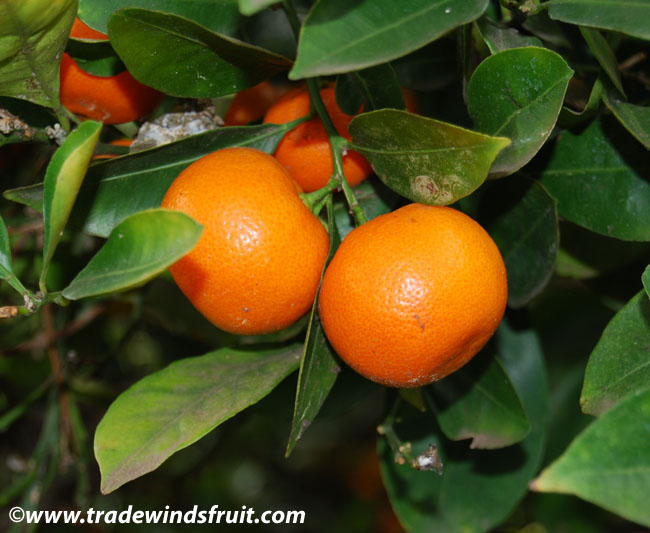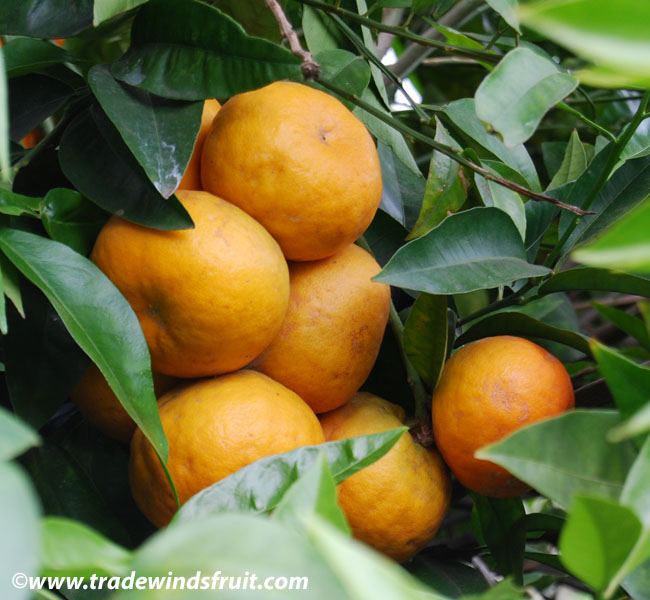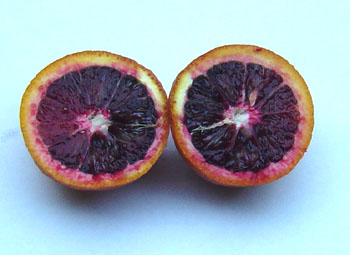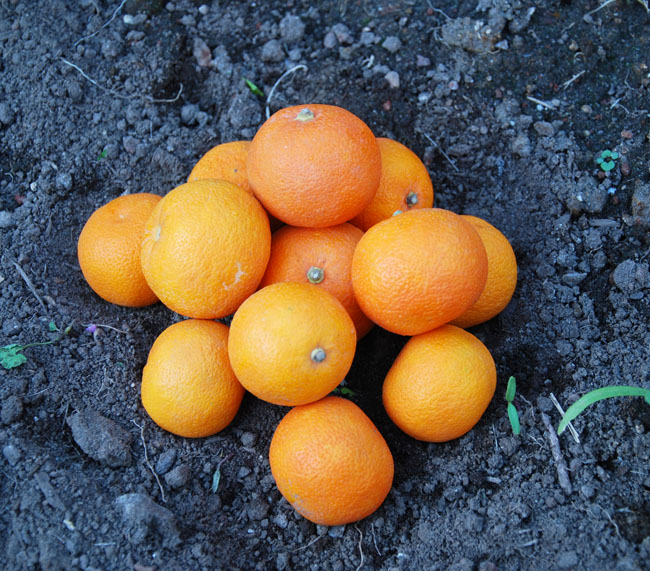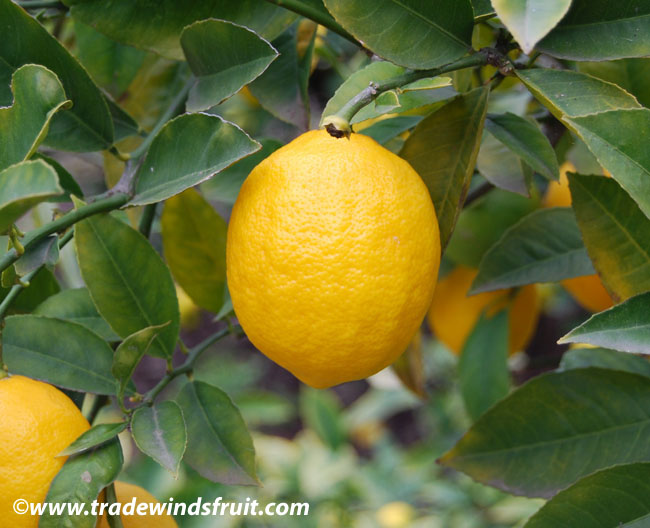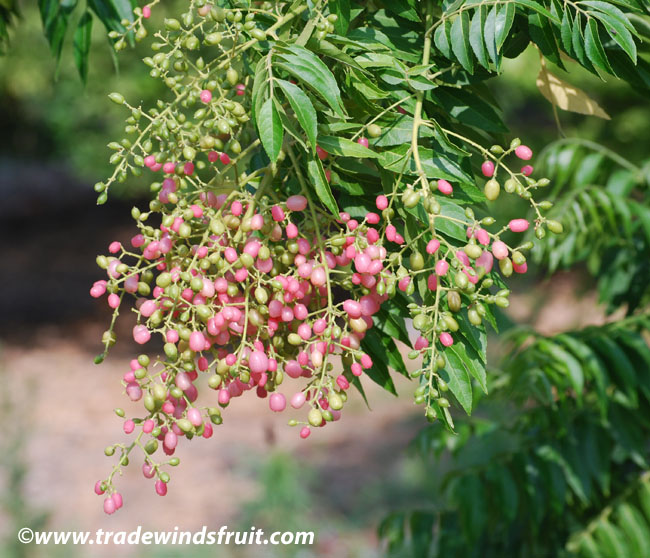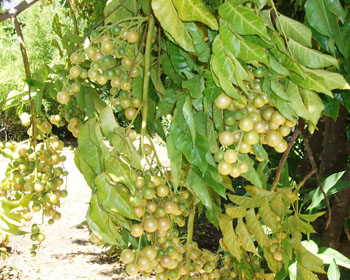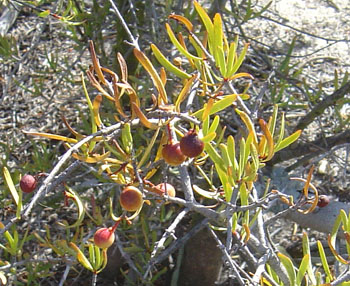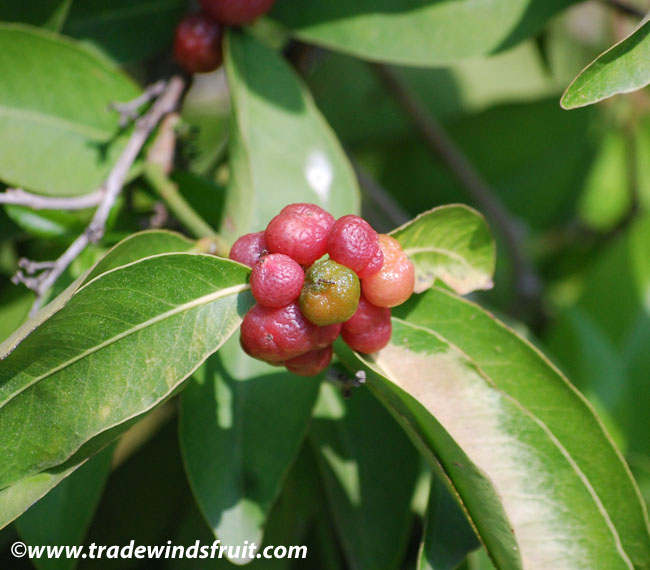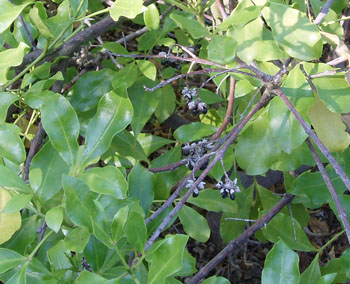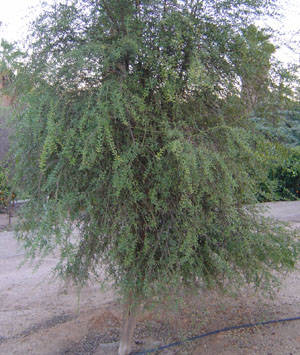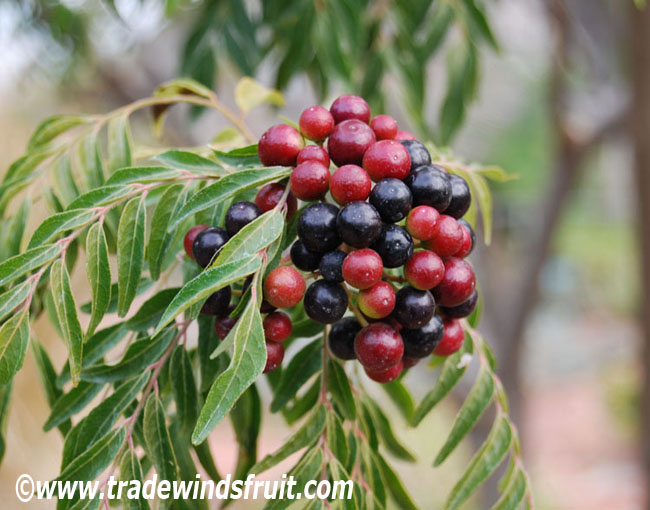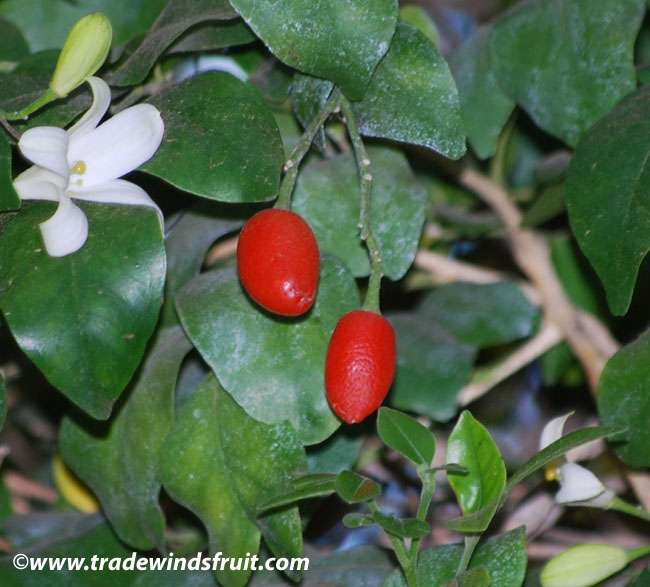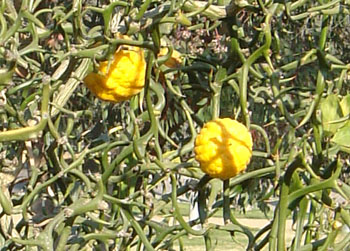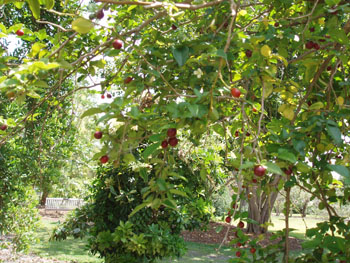- Home »
- Information »
- Wooly Leaved Sapote
Wooly Leaved Sapote
Casimiroa tetrameria
A fruit almost identical to its better known close relative the white sapote. Fruit is apple sized, usually with flesh that is less appealing than the white sapote.
Seed Availability
Seeds are not available for the Wooly Leaved Sapote. Please visit our seed store to view current selections.
Description
Almost identical to the white sapote in growth and climatic requirements, the wooly-leaved sapote may be a subspecies of Casimiroa edulis. The main difference between the plants is in appearance, the wooly-leaved sapote having a dense, white, furry underside to its leaves. It is a medium to large tree which can grow up to 50+ feet high. The small flowers are formed in large groups and may occur off and on a few times per year, with fruit ripening 6-8 months later. There are green skinned varieties, yellow skinned varieties, and many in between. Pick fruits as they begin to soften, but do not wait too long as fallen fruits tend to smash when they drop due to their soft flesh. Mature trees can produce hundreds of pounds of fruit every year.
Hardiness
The wooly-leaved sapote is subtropical to tropical, but less hardy than the white sapote, succumbing to temperatures in the mid 20's.
Growing Environment
It prefers a climate with moderate humidity. Hawaii is usually too humid for best growth, Arizona usually too dry. It colder areas, white sapotes do well in sunny locations, it warmer areas shade may be provided. Water often, although trees can withstand short periods of drought. Wooly-leaved sapote's have large tap root systems that require deep soil. Only trees with trimmed roots (or cuttings) can be container grown.
Propagation
Better parities are usually propagated by grafting or budding, which produce fruit in 3-4 years. Seedling trees produce in 6-8 years.
Uses
Fruits vary in quality, some cultivar have fairly good fruit much like the white sapote. Other cultivars have bitter fruit. Fruits are eaten raw.
Native Range
Native to Southern Mexico. It is not grown commercially.

